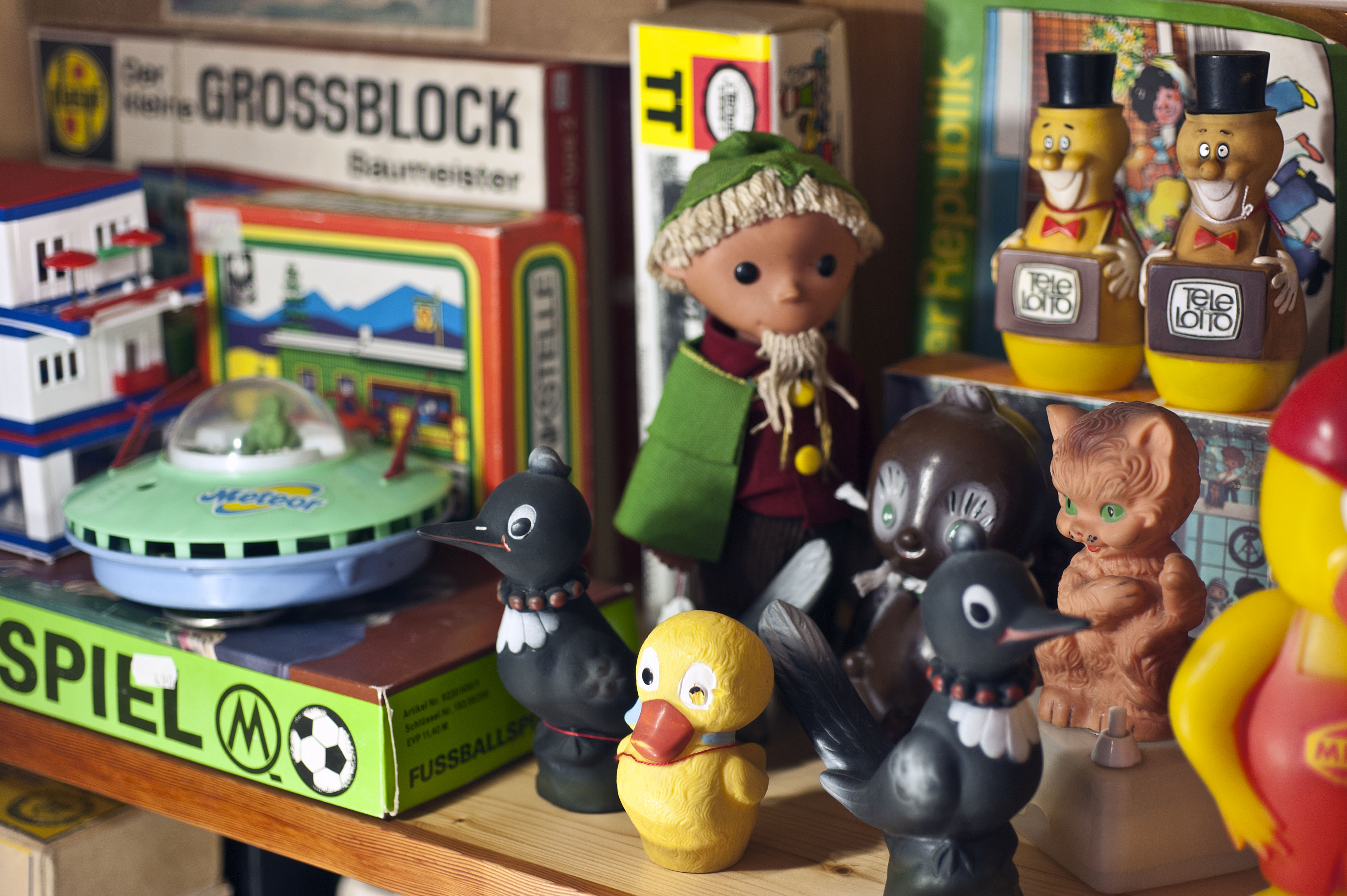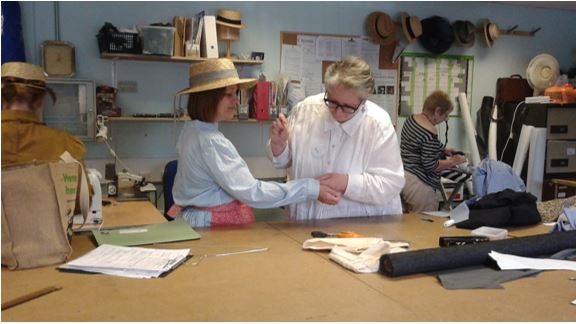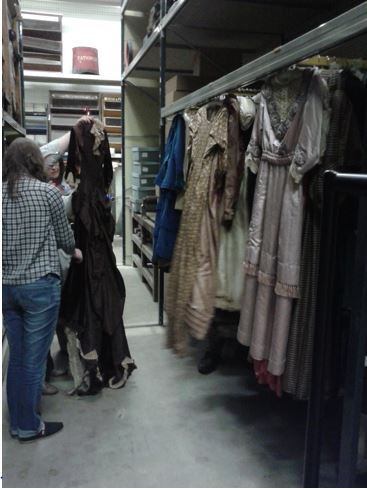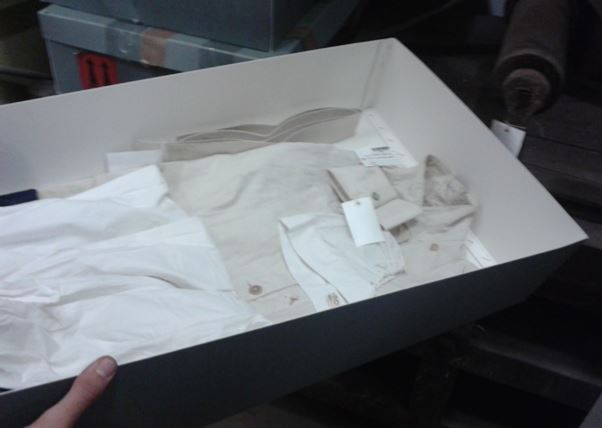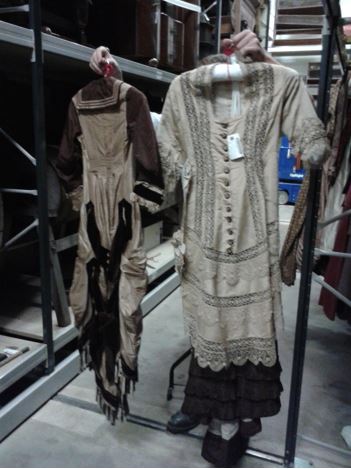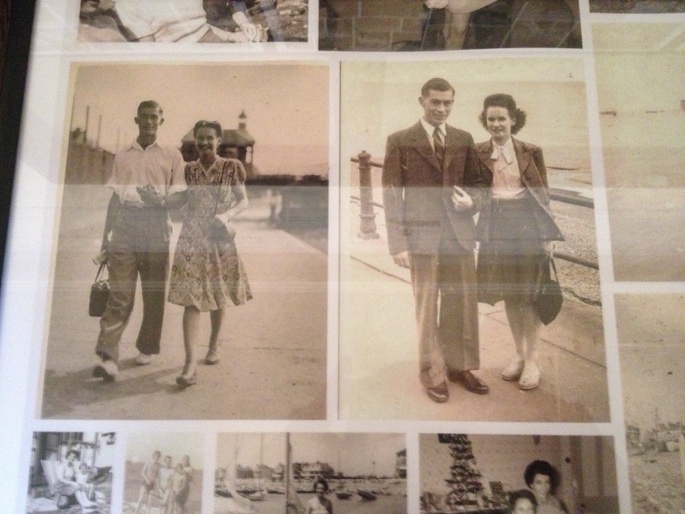How can historians investigate what people wore in everyday life and what it meant to them? Hannah Smith (MA History of Design and Material Culture) explores some of the many micro-histories contained in the Mass Observation archive…
For my MA dissertation I have researched practices of dress in everyday life as presented within the Mass Observation Project Spring 1992 and Spring 2006 ‘One Day Diary’ directive responses. Housed within the University of Sussex Special Collections at The Keep near the South Downs in Sussex, it is made up of handwritten letters, typed emails, photographs and drawings, produced at the hands of the hundreds that make up the panel of writers known as ‘Mass Observers’. This material is divided into the Mass Observation Archive (1937 – early 1950s) and the Mass Observation Project (1981 – present). It is the latter Mass Observation Project (MOP) that I have been using in my research.
The MOP defines itself as a ‘national life writing project’. Former director of the project, Dorothy Sheridan described it as, “…ordinary people observing and reflecting on everyday life…” (Sheridan, 2000:10). The intent of both the Mass Observation Archive and Project was to give voice to the ‘ordinary’ everyday person, giving them “the authority over knowledge” (Sheridan, 2000:10). Mass Observers are sent up to three sets of ‘directives’ a year with the invitation to write about a wide range of themes and events. Examples have included “Gardening”, “The Refugee Crisis” and “Your Home”.

Figure 1. Responses to the Spring 2005 ‘Charles and Camilla’ Directive. Image courtesy of Mass Observation.
My interest in the MOP came about during my first year on the MA History of Design and Material Culture at the University of Brighton. We were encouraged to use the MOP as a primary resource for a group project entitled ‘Interior Lifestyles’. Using the directives ‘Objects about the House’ and ‘Collecting Things’ we explored the relationships between the Mass Observers and the objects they decorated their homes with. Aside from the aforementioned project, the ‘New Years Eve’ and ‘One Day Diary’ directives that I had had the opportunity to look through particularly inspired me. As a researcher of dress and fashion in everyday life, here was access to narratives of real experiences of living, breathing people interacting with dress and fashion, rather than a constructed representation or media ideal. I therefore initially assessed these diary-format directives and developed my own methodology for using the MOP within a material culture study, ultimately leading to my dissertation research in practices of dress.
As well as being able to track the Mass Observer’s use of dress as they weave amongst different contexts throughout the narrative of their day, it has given me rare insight into the ‘wardrobe’ moment – the moment when which the bricolage of the visual self we see in more public spaces is created. Through using Mass Observation, I have been allowed the opportunity to explore not only how people use dress in more public spaces, but also in move private spaces – whether that be their dressing gowns, pyjamas or nothing!

Figure 2. Examples of additional personal papers (including diaries and letters) donated to the project. Image courtesy of Mass Observation.
Initially, I was overwhelmed due to the vast amount of material and its seemingly limitless capability for endless threads and tangents of research. By reading as much as possible about how other researchers had used the material, I was able to see that every Mass Observation researcher has shared the same struggles and frustrations. Through learning from their problem solving, I was able to tailor their theories to my research interest and develop my own methodology for using the material as well as providing a structure for sampling.
With its interdisciplinary appeal the material transcends boundaries, making it an exciting resource that can always be further explored. Whilst students, academics, media researchers and the public have taken advantage of the unique collection – it is ultimately a treasure trove for anyone with an interest in everyday life. For a researcher of design history and material culture, it provides a rare platform to witness the reality of objects interacting in everyday life. Since I’ve been working with the material, the Mass Observation staff, and the staff at The Keep, have been incredibly helpful and approachable. There is an openness towards anyone that is interested in engaging with the material.
As much as it may seem intimidating during an initial encounter, this should never prevent anyone that is interested from engaging with the material. Now more than ever Mass Observation provides an important platform for recording the reality of lived experience, giving voice to the micro-histories that grand-narratives have tendency to silence. It is inspiring to know as an individual in society, as well as a researcher, that there is a space for your voice to be heard and a space that seriously considers what you have to say. Working with a collection such as this is incredibly important if we are to understand the reality of how we negotiate lived experience and exist as a society and as individuals.

